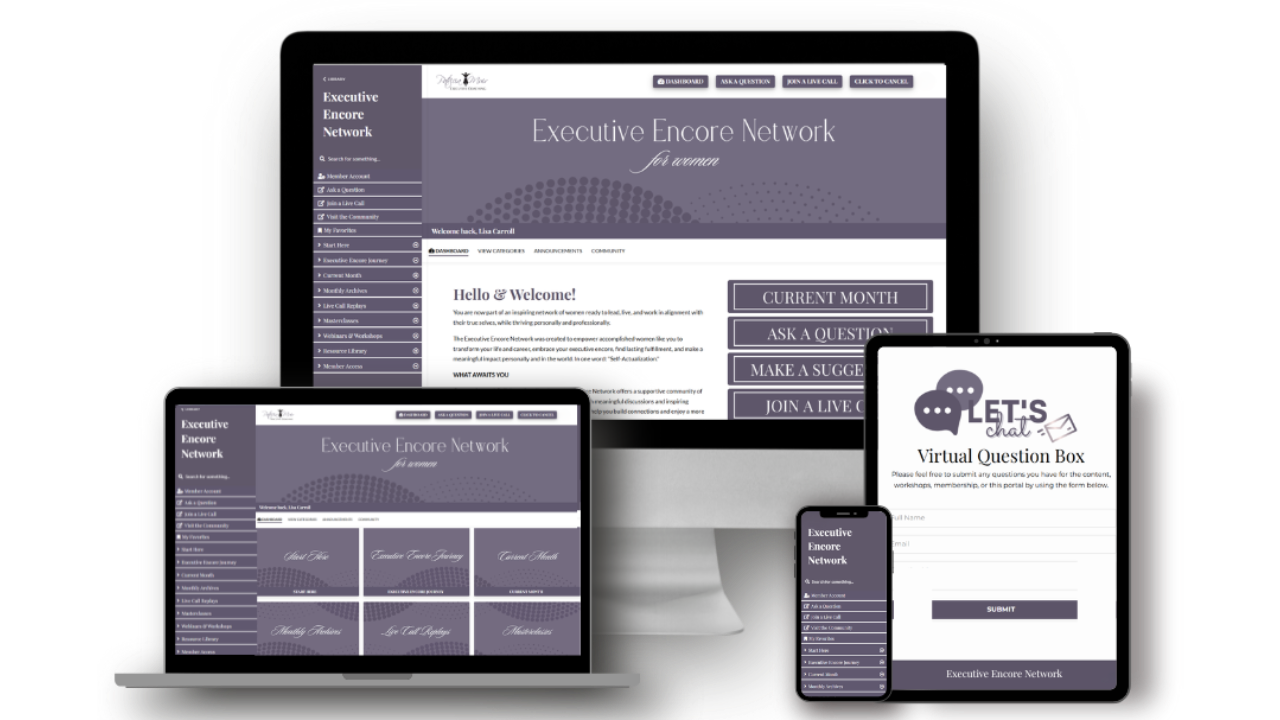
Manage Burnout for Peak Performance: Peak Performance – Not What it Used to Be
Mar 03, 2021Peak performance is not what it used to be. Even though I have talked and written about the concept of returning to a new level of peak performance after cancer or reaching a new level of peak performance after 60, the pandemic has brought this topic to a new level of awareness for everyone. I’ve been reading. Leaders, managers, employees, parents, students are all on the brink of burnout. And, not just individuals: entire organizations are at risk.
Within the first seven weeks of 2021, Harvard Business Review published six articles on the topic, including how the pandemic contributes to burnout, how to recognize burnout, and how to fight burnout. But instead, what if we could avoid burnout and maintain peak performance?
Although burnout is not classified as a medical condition or mental disorder (DSM-5), in 2019—pre-pandemic—the World Health Organization (WHO) re-defined the occupational phenomenon of burnout in the International Classification of Diseases (ICD-11). According to the WHO, “burnout is a syndrome…resulting from chronic workplace stress that has not been successfully managed,” and includes three dimensions. I have connected each dimension to a composite of the Model of Emotional Intelligence* below in brackets to illustrate the extended effects on our overall well-being.
- Feeling of energy depletion or exhaustion (low stress-tolerance)
- Feeling of negativity/cynicism related to personal occupation or increasing mental distancing from occupation (low optimism)
- Reduced professional/occupational efficacy and lack of accomplishment (low self-actualization)
I assert that in 2021, we are seeing signs of this syndrome resulting from chronic stress beyond the workplace into our families, our social networks, and in our sole moments.
Virtual Social Breaks and Stay-cations are Not Enough
Typically, we avoid burnout by taking breaks: we enjoy weeks of vacation, spend time away, and de-stress with a change of scenery and energizing activities. But for many, this has not been an option during the past year. Add virtual offices, work from home (WFH), and the additional domestic and emotional burden placed on women, we can see how virtual social breaks and stay-cations don’t recharge us like we need. Reaching and maintaining peak performance, for individuals, families, and organizations, requires ongoing daily energy management.
Four Dimensions of Energy
Consider the behaviours of professional athletes. Often, the difference between those who are highly successful and those who are not is an ability to manage and conserve energy for peak performance. While this might appear silly on the surface, elite athletes use certain rituals to help them remain focused and manage negative emotions. They understand this vital energy management component and requirement for peak performance.
Our energy has four dimensions: physical, mental, emotional, and spiritual (or ritual). We draw energy from each dimension, which we must replenish. To build our strength and expand our energy capacity (stamina/resilience), we must stretch ourselves beyond our usual limits and allow for rest. This cycle is referred to as stress and recovery.
During the London 2012 Summer Olympics, I had the opportunity to be introduced to Greg Wells, Ph.D via his impromptu keynote broadcast direct from London to the Canadian Positive Psychology Association conference in Toronto. Dr. Wells works with elite athletes. He shared how we only see elite athletes in their peak performance moments during competition. What we don’t see is the training (physical, mental, emotional, spiritual) and the habits and rituals such as sleep hygiene and disciplined rest that contribute to the other side of performance – recovery, recuperation.
Individuals, families, and entire organizations can apply these same principles to their daily routines and operations. The key to recuperation is to create specific positive energy replenishing rituals.
Posts in this continuing series will dive deeper into the four dimensions of energy. In the meantime, what do you think? How have you been managing burnout? Where are you “emotionally” at this moment? Let me know how you are doing. I would like to hear from you. You can reach me on LinkedIn, and on Maestro’s Facebook. You can also contact me at [email protected].
* Model of Emotional Intelligence is copyright of Multi-Health Systems, Inc., Toronto, Canada. If you are interested in participating in an EQ-i 2.0 or a EQ360 assessment, contact me at [email protected]. Or, check out the online mini-course Your Building Blocks to Emotional Well-Being and Resilience. The mini-course is complimentary for a limited time with exclusive bonuses valued at $350.
Learn more about Dr. Wells’ work at Wells Performance Inc. I will never forget his comments about his experience as a Senior Scientist at The Hospital for Sick Children. To paraphrase, “There’s rarely a good day at ‘Sick Kids’.” I cannot imagine, but I can certainly appreciate the level of stress in that particular environment – before and during the pandemic. I also love his quote “Excellence is not an accident. It’s science.”
Next Steps
You don’t need to navigate your Executive Encore alone. Discover a better way to take charge of your experience.
- Schedule a 30-Minute Complimentary Executive Encore Call.
Ready to elevate your encore chapter?
- Join the Executive Encore Network for Women, a membership and community of supportive women ready to inspire and uplift. Subscribe to the Sunday Encore to begin your Executive Encore Journey and register for the next Tour to learn more.


